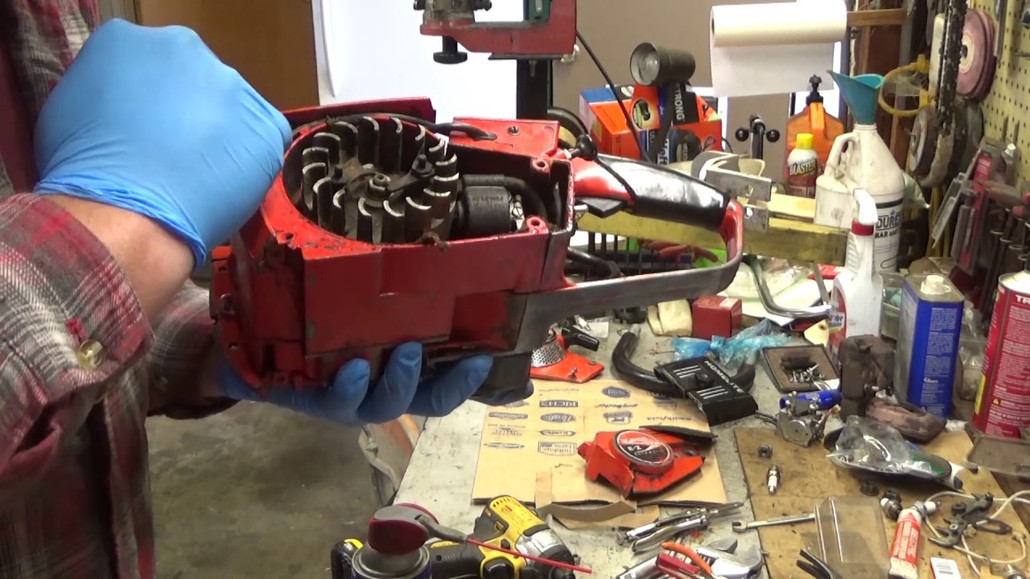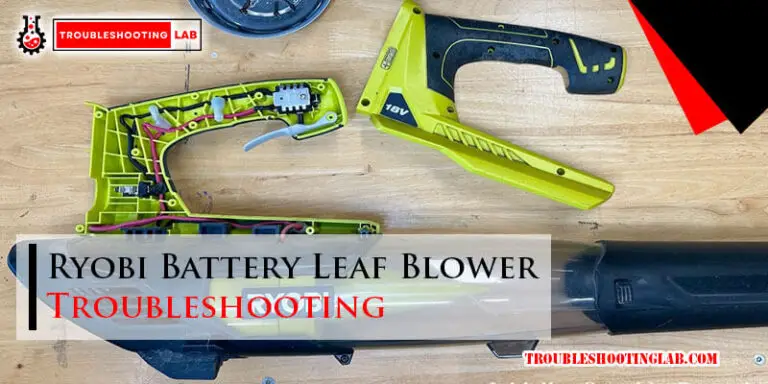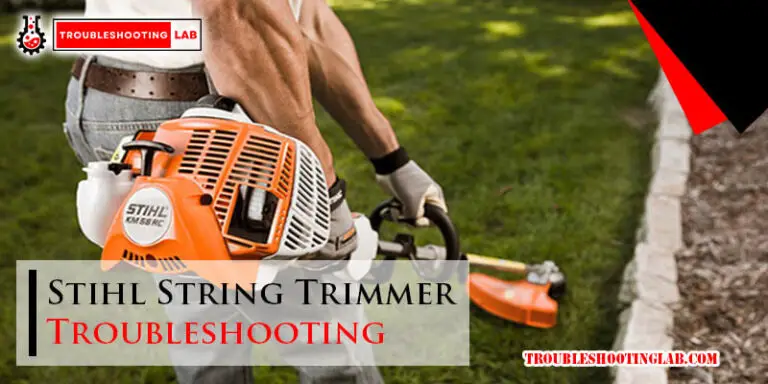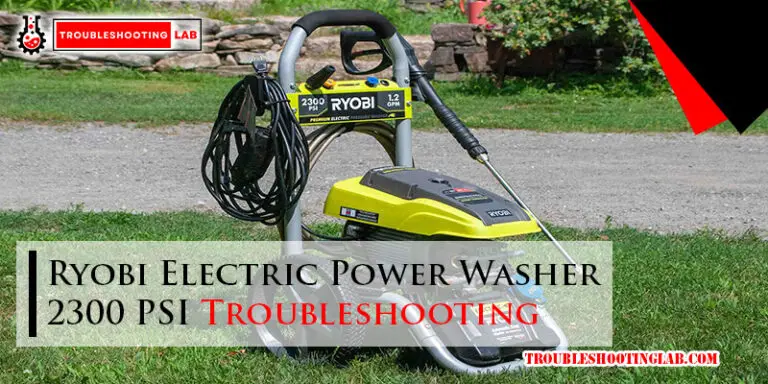Stihl Chainsaw Troubleshooting: Solve Common Issues Fast
Stihl chainsaws are reliable, powerful tools. But, they can sometimes face issues.
Understanding common problems helps you fix them quickly and efficiently. Having trouble with your Stihl chainsaw can be frustrating. Whether it’s a stubborn engine that won’t start, or a chain that keeps slipping, these issues can halt your work. Knowing how to troubleshoot these problems is essential for maintaining your chainsaw’s performance.
In this guide, we will cover the most common issues you might encounter with your Stihl chainsaw and provide simple, effective solutions. This will save you time and get you back to work faster. Let’s dive into the essentials of Stihl chainsaw troubleshooting, ensuring your tool runs smoothly and efficiently every time you need it.

Credit: sawzillaparts.com
Introduction To Stihl Chainsaw Troubleshooting
Stihl Chainsaw Troubleshooting helps identify and fix common problems with your chainsaw. Learn simple solutions to keep it running smoothly. Ensure your chainsaw works efficiently with these easy steps.
Chainsaws are essential tools for cutting wood and maintaining trees. Stihl chainsaws are known for their durability and performance. But like all tools, they can face issues. Knowing how to troubleshoot your Stihl chainsaw can save time and money. Regular maintenance can prevent many common problems. Understanding basic troubleshooting steps helps keep your chainsaw running smoothly.Importance Of Regular Maintenance
Regular maintenance extends the life of your chainsaw. It ensures that all parts work efficiently. Cleaning the chainsaw after each use is crucial. Remove any debris from the chain and guide bar. Check the air filter and clean or replace it as needed. Lubricate the chain to prevent wear and tear. Inspect the spark plug regularly. A clean spark plug ensures easy starting. Replace it if it’s dirty or worn out. Check the fuel filter to ensure a steady fuel flow.Safety Precautions
Safety is paramount when working with chainsaws. Always wear protective gear. This includes gloves, goggles, and ear protection. Secure your work area and remove any obstacles. Keep a first aid kit nearby in case of accidents. Before troubleshooting, make sure the chainsaw is off and cool. Disconnect the spark plug to avoid accidental starts. Never work on a chainsaw while it’s running. Understand the basics of chainsaw operation. Read the user manual thoroughly. Familiarize yourself with the parts and their functions. This knowledge will help you troubleshoot issues effectively. “`Chainsaw Won’t Start
Is your Stihl chainsaw refusing to start? This can be frustrating, especially when you need to get work done. Let’s explore some common troubleshooting steps to help you get your chainsaw up and running again.
Checking Fuel Levels
First, ensure there is enough fuel in the tank. A chainsaw won’t start if it lacks fuel. Follow these steps to check:
- Remove the fuel cap and look inside.
- If the fuel level is low, refill it with a fresh fuel mix.
- Make sure the fuel is not old or stale.
- Use a proper mix of gasoline and 2-stroke engine oil.
Using fresh, correctly mixed fuel is crucial. Stale fuel can cause starting problems.
Inspecting Spark Plug
The spark plug ignites the fuel in the engine. If it’s dirty or damaged, the chainsaw won’t start. Here’s how to inspect it:
- Locate the spark plug on your chainsaw.
- Remove the spark plug cap.
- Use a spark plug wrench to unscrew the spark plug.
- Check for dirt, oil, or carbon buildup on the spark plug.
- If dirty, clean it with a wire brush.
- If damaged, replace it with a new spark plug.
Ensure the spark plug gap is correct. Check your chainsaw’s manual for the correct gap size.
By following these steps, you can often solve the problem of a chainsaw that won’t start. Regular maintenance and proper care are key to keeping your Stihl chainsaw running smoothly.
Chainsaw Starts But Stalls
Dealing with a chainsaw that starts but then stalls can be frustrating. This issue often arises due to common maintenance problems. By examining a few key components, you can identify the cause and fix it quickly. Let’s dive into some troubleshooting steps.
Examining Air Filters
A clogged air filter can restrict airflow to the engine. This causes the chainsaw to stall. First, locate the air filter on your Stihl chainsaw. Remove the cover and take out the filter. Check for dirt, dust, or debris.
If the filter is dirty, clean it with soapy water. Rinse thoroughly and let it dry. If the filter is damaged, replace it with a new one. Regularly cleaning the air filter ensures your chainsaw runs smoothly.
Adjusting Carburetor
The carburetor controls the fuel and air mixture in the engine. An improperly adjusted carburetor can cause stalling. Locate the carburetor adjustment screws on your chainsaw. These are usually labeled L (low) and H (high).
Start your chainsaw and let it idle. Turn the L screw clockwise until the engine runs smoothly. Adjust the H screw for high-speed performance. Small adjustments can make a big difference. If unsure, refer to the Stihl chainsaw manual for specific instructions.

Credit: www.chainsaw.parts
Chain Not Turning
Is your Stihl chainsaw chain not turning? This issue can be frustrating. It’s often due to a few common problems. In this section, we’ll guide you through some troubleshooting steps. Follow these checks to get your chainsaw running smoothly again.
Inspecting Chain Brake
First, check the chain brake. The chain brake stops the chain in an emergency. Sometimes, it can be engaged accidentally. To inspect it:
- Ensure the chainsaw is off and cool.
- Locate the chain brake lever near the front handle.
- Pull the lever towards you to disengage the brake.
- Try to turn the chain by hand. If it moves, the brake was the issue.
If the chain brake is not the problem, move on to the next step.
Checking Clutch Assembly
The clutch assembly is another possible cause. It transfers power from the engine to the chain. To check the clutch assembly:
- Remove the chainsaw cover by unscrewing the bolts.
- Locate the clutch drum and inspect it for damage.
- Look for any debris or broken parts inside the assembly.
- Clean the area and reassemble if it looks good.
If you find damaged parts, replace them. A functioning clutch assembly ensures the chain turns properly.
By inspecting the chain brake and checking the clutch assembly, you can resolve many chain turning issues. Use these steps to keep your Stihl chainsaw in top condition.
Chainsaw Overheating
Chainsaw overheating can cause serious issues. It reduces the life of the chainsaw and poses safety risks. Addressing overheating is crucial for maintaining your Stihl chainsaw’s performance and longevity. Understanding and resolving common overheating problems helps keep your chainsaw in top condition.
Cooling System Maintenance
The cooling system keeps your chainsaw’s engine from overheating. Dust and debris can clog the cooling vents. Regularly clean the cooling fins to ensure proper airflow. Check for blockages and remove any obstructions. This simple task can prevent many overheating problems.
Proper Lubrication
Lubrication is vital for reducing friction. It helps keep the chainsaw running smoothly. Always use the correct type of oil recommended by Stihl. Check the oil level before each use. Make sure the oil reservoir is full. An empty reservoir can lead to overheating.
Inspect the oil pump for proper functioning. A malfunctioning pump can cause inadequate lubrication. Replace the oil filter regularly. A clean filter ensures a steady oil flow. Proper lubrication helps maintain optimal temperature and prevents overheating.
Chain Dull Or Damaged
Using a Stihl chainsaw with a dull or damaged chain can be frustrating. It can slow down your work and even damage the chainsaw. A well-maintained chain ensures smooth operation and better results. Let’s discuss how to address a dull or damaged chain.
Sharpening The Chain
A sharp chain is crucial for effective cutting. First, ensure the chainsaw is off and the chain brake is engaged. Secure the chainsaw in a stable position. Use a round file that matches the chain’s specifications. Follow the angle guides on the chain for accuracy. File each tooth evenly and check the depth gauges. They should be slightly lower than the teeth. This ensures smooth cutting.
Replacing The Chain
Sometimes, sharpening is not enough. If the chain is too worn or damaged, replacement is necessary. Start by removing the old chain. Loosen the nuts on the side panel and remove the bar. Slide the old chain off the bar. Place the new chain on the bar, ensuring it fits correctly. Adjust the tension to the manufacturer’s specifications. Tighten the nuts back and check the tension again after a few cuts. Proper tension prevents accidents and ensures smooth operation.
Excessive Vibration
Excessive vibration in a Stihl chainsaw can make it hard to use. It can also cause damage to the tool. Users may feel discomfort and fatigue. Let’s look at two common solutions to this problem.
Inspecting Anti-vibration System
The anti-vibration system helps reduce shaking in your chainsaw. Start by checking the mounts and bushings. Make sure they are not worn out or damaged. Replace any parts that look old or broken. This will help keep your chainsaw steady.
Look at the springs in the anti-vibration system. If they are loose or broken, replace them. This will improve the performance of your chainsaw. Regular maintenance can prevent future problems.
Tightening Loose Parts
Loose parts can cause excessive vibration. Check all screws and bolts on your chainsaw. Use a wrench to tighten any loose parts. Make sure everything is secure. This simple step can make a big difference.
Inspect the guide bar and chain. A loose chain can cause vibration. Adjust the tension if needed. Ensure the bar nuts are tight. This will help reduce shaking while you work.

Credit: www.youtube.com
Oil Leaks
Oil leaks in your Stihl chainsaw can cause frustrating issues. They can lead to messy situations and even damage your machine. Understanding how to troubleshoot and fix these leaks is essential. This guide will help you address common oil leak problems in your Stihl chainsaw. Let’s dive into checking oil lines and replacing the oil pump.
Checking Oil Lines
First, inspect the oil lines for any visible damage. Look for cracks or splits in the lines. Damaged lines can lead to oil leaks. If you find any damage, replace the oil lines immediately. Ensure the new lines fit tightly to prevent future leaks.
Next, clean the oil lines to remove any blockages. Use compressed air or a small brush. Blockages can cause oil to leak out of the chainsaw. Regular cleaning helps keep the oil flow smooth. This reduces the chances of leaks occurring.
Replacing Oil Pump
If checking and cleaning the oil lines does not fix the leak, the oil pump might be the problem. Start by locating the oil pump in your chainsaw. It is usually near the engine.
Remove the oil pump carefully. Check for any signs of wear or damage. A damaged oil pump can cause oil leaks. Replace the oil pump if needed. Ensure the new pump is compatible with your Stihl chainsaw model.
Once the new pump is installed, test your chainsaw. Run the chainsaw to check for any oil leaks. A properly functioning oil pump should resolve the issue. Regular maintenance can prevent future oil leaks.
Frequently Asked Questions
Why Won’t My Stihl Chainsaw Start?
Check for fuel, spark plug issues, or a clogged air filter. These are common problems.
How Do I Fix A Stihl Chainsaw Chain That Won’t Move?
Ensure the chain brake is not engaged. Also, check if the chain is properly tensioned.
Why Does My Stihl Chainsaw Keep Stalling?
Possible reasons include a dirty air filter, bad fuel, or a clogged carburetor. Clean or replace them.
What Causes My Stihl Chainsaw To Smoke?
This could be due to an incorrect fuel mix or oil in the fuel tank. Check and correct it.
How Can I Sharpen My Stihl Chainsaw Chain?
Use a round file, filing gauge, and follow the angles marked on the chain. Keep strokes even.
Conclusion
Regular maintenance keeps your Stihl chainsaw running smoothly. Check the spark plug and air filter often. Clean or replace them as needed. Ensure the chain is sharp and tensioned correctly. These basic steps prevent most issues. If problems persist, consult a professional.
They can diagnose and fix complex issues. Understanding your chainsaw helps you avoid downtime. Stay safe and happy cutting!






